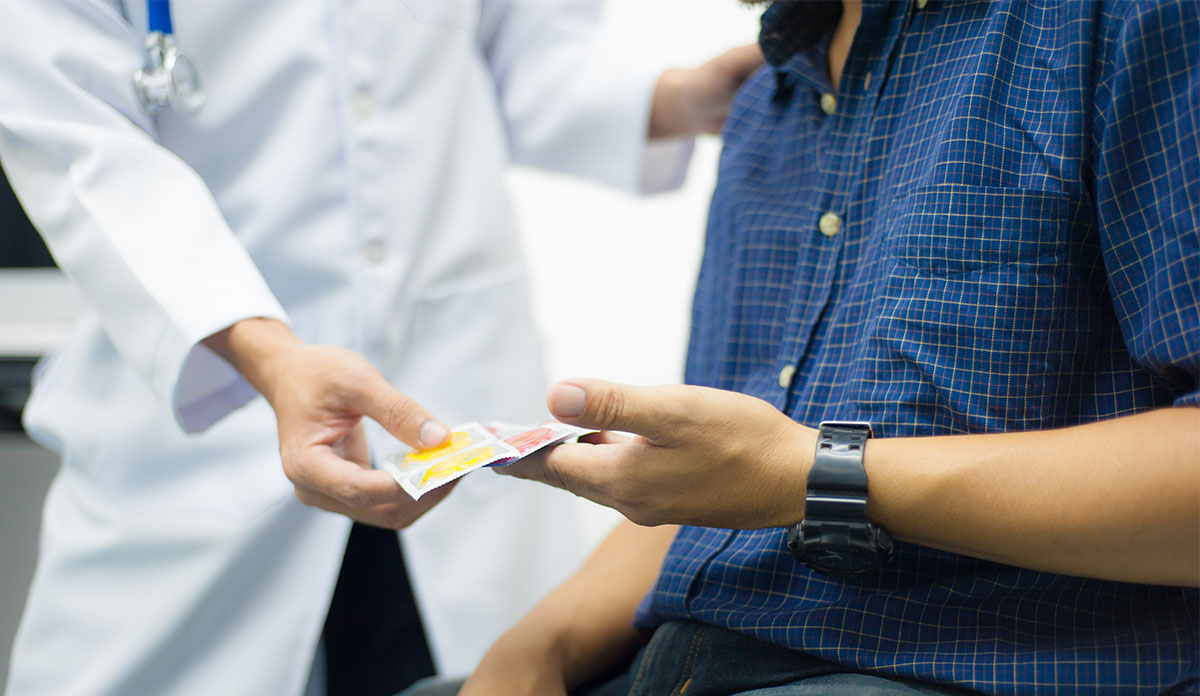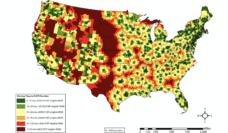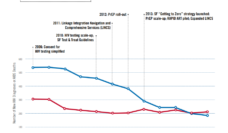College campuses are beginning to open their doors to students again. After a year of attending classes on Zoom in your pajama pants, you are excited to embrace the on-campus experience. Next semester you will be attending lectures in the classroom, having picnics on the green, hosting late-night study sessions, and getting dressed for parties, concerts, and homecoming. You have meticulously prepared for everything. Well, almost everything. You still need to protect yourself from HIV.
There are approximately 38 million people living with HIV worldwide and nearly 1.2 million in the United States alone. Data regarding HIV on college campuses is limited, but it is estimated that 1 in 500 college students in the United States has HIV.
Sexual health interventions and home testing kits have reduced HIV stigma and increased testing accessibility. Yet, rates among young men who have sex with men (MSM) between the ages of 15 and 24 continue to rise. College students also experience increased risk of HIV due to low rates of condom use, multiple sex partners, and substance use.
Pre-exposure prophylaxis (PrEP) has been an important contributor to the fight against the HIV epidemic. This daily medication reduces the risk of contracting HIV from sex by 99% when taken as directed.
Huey and colleagues describe their experiences providing PrEP on two college campuses. They acknowledge that many primary care physicians working in campus health services may not be familiar with PrEP. Those who are familiar report reluctance to prescribe PrEP due to concerns about possible drug resistance, interactions with hormonal contraceptives and gender-affirming hormones, and side effects. The researchers also note that some providers fear that providing PrEP may encourage promiscuous sexual behavior by changing the student’s perception of risk. However, multiple studies indicate that the likelihood of sexual risk-taking declines with PrEP use.
Identifying patients who will benefit from PrEP during campus health service visits entails talking to patients about their sexual history in an open and non-judgmental way.
To increase appropriate PrEP prescription for those at risk, Huey and colleagues recommend that campus communities identify a “champion” to educate and provide resources to their peers in the clinical setting. The champion could be a physician or a nurse specifically interested in PrEP and HIV prevention. The champion can develop a protocol for PrEP, services, answer questions, and educate the campus. They may even consider partnering with student health organizations to develop or promote peer health education activities.
Identifying patients who will benefit from PrEP during campus health service visits entails talking to patients about their sexual history in an open and non-judgmental way. Some providers may feel uncomfortable doing this at first, but the authors note that again medical “champions” may help, if the provision of PrEP becomes an important part of a health center’s mission.
Huey and colleagues suggest ways that institutions can finance PrEP in those instances when medication is prohibitively expensive through student insurance plans. In their experience, most public and private plans cover the medications, and a growing number are removing their preauthorization requirements.
Providing PrEP on college campuses will assist in the fight to end the HIV epidemic. Students seeking sexual health care in college health clinic settings deserve to hear about the options that allow them to best protect themselves.
Photo via Getty Images














